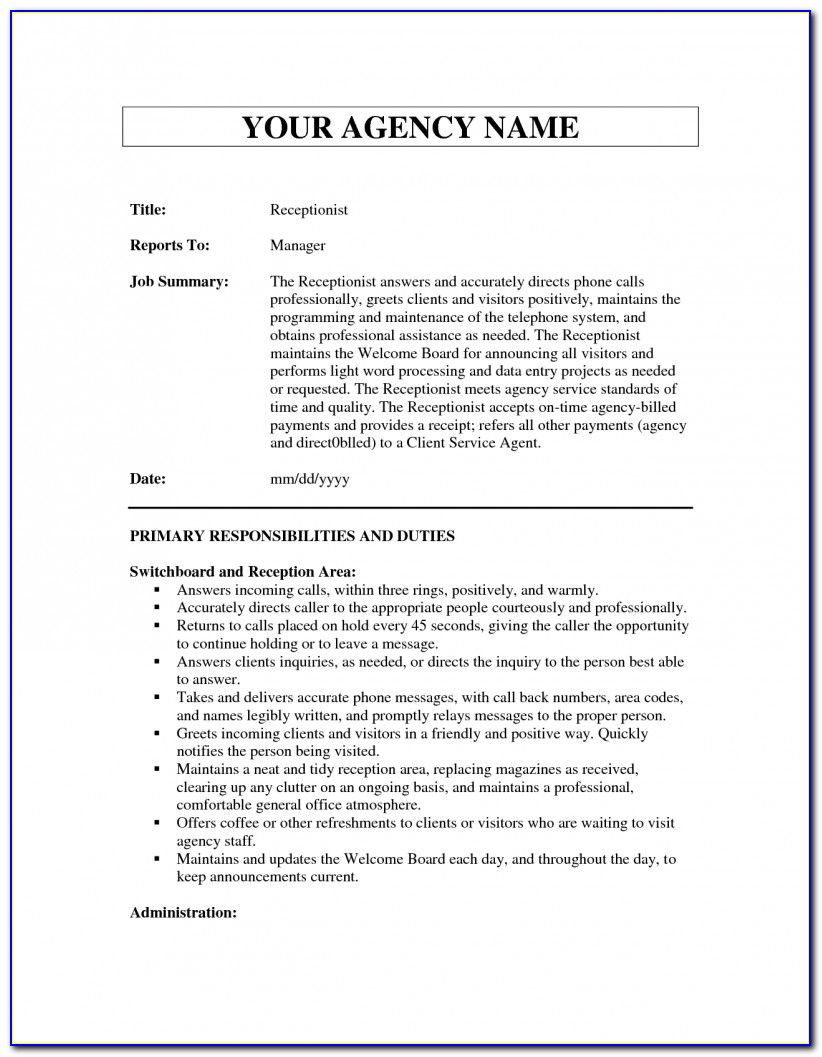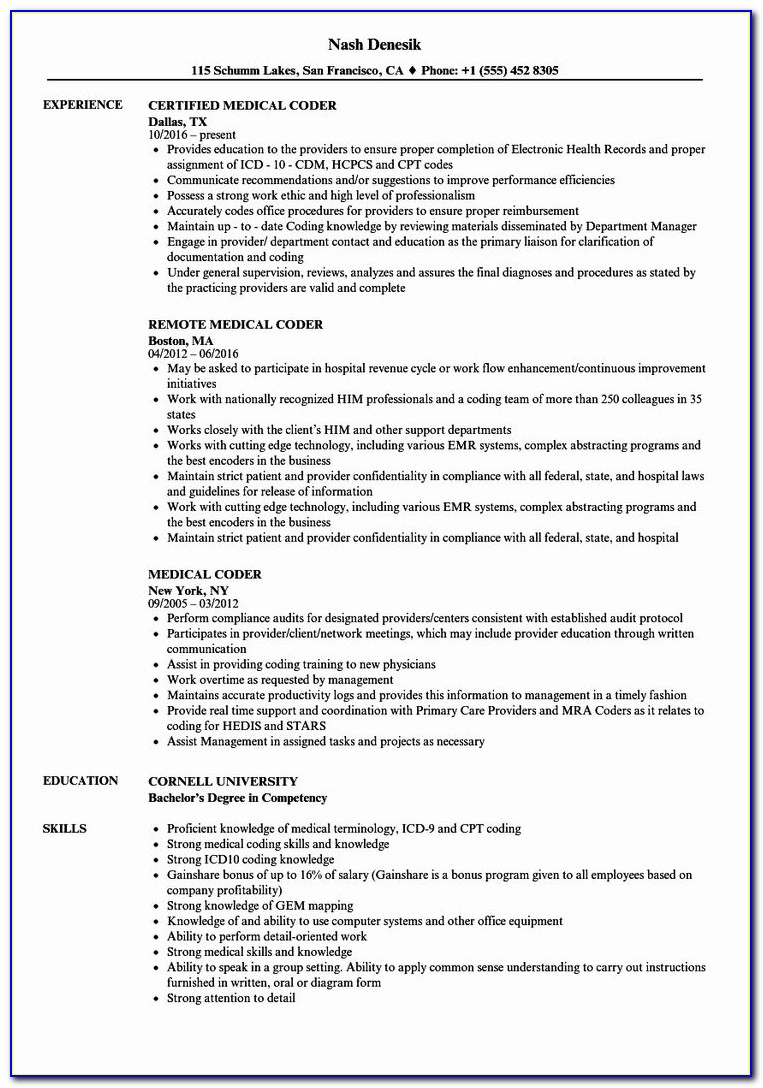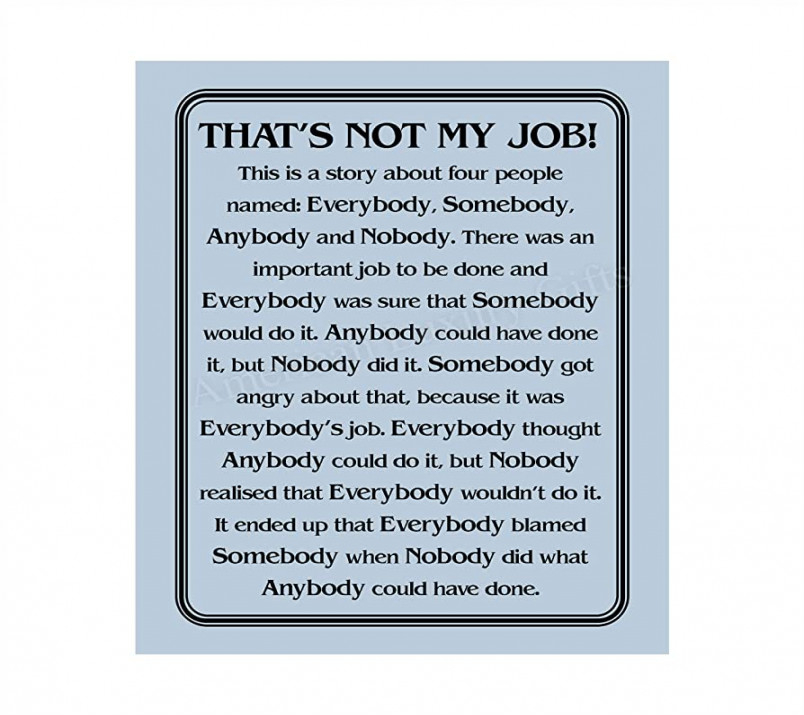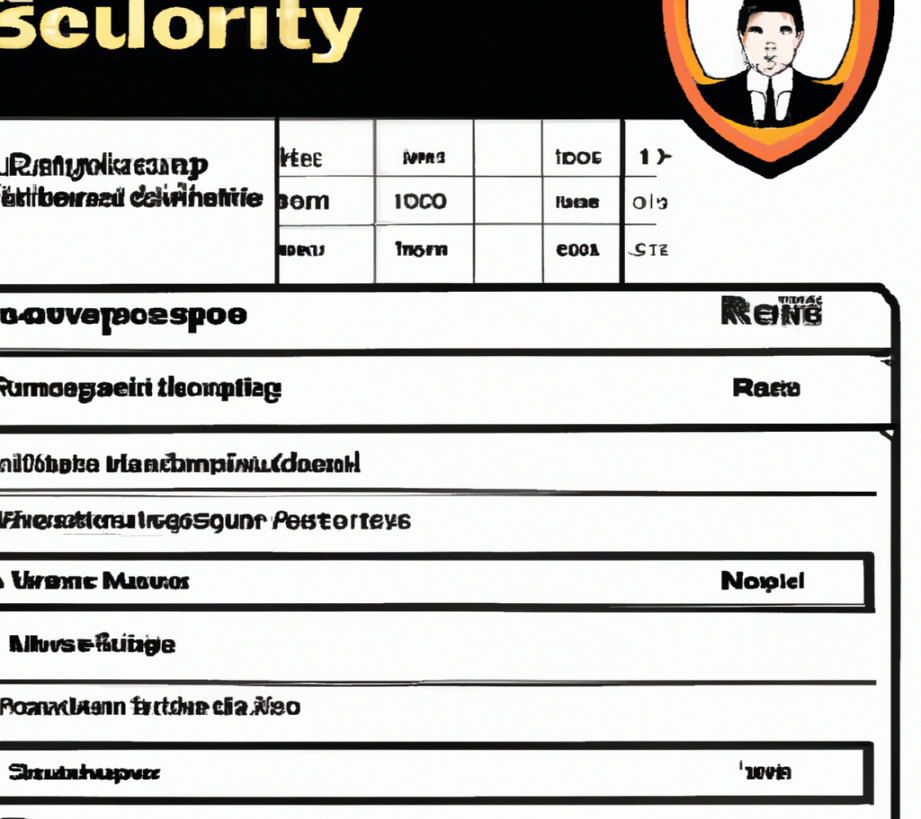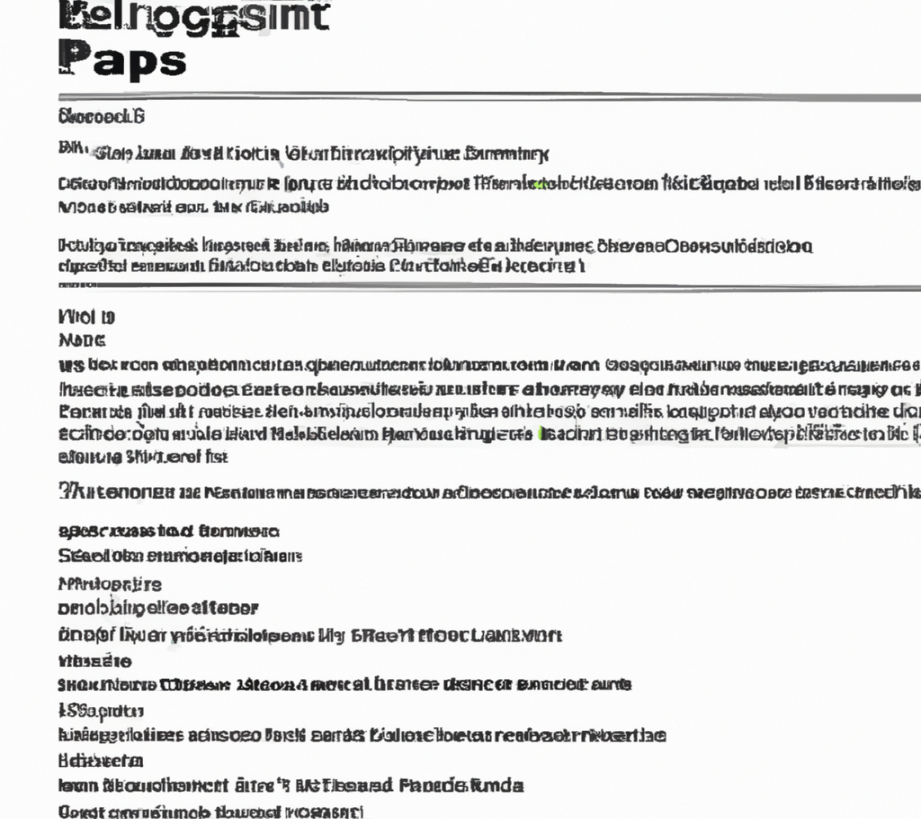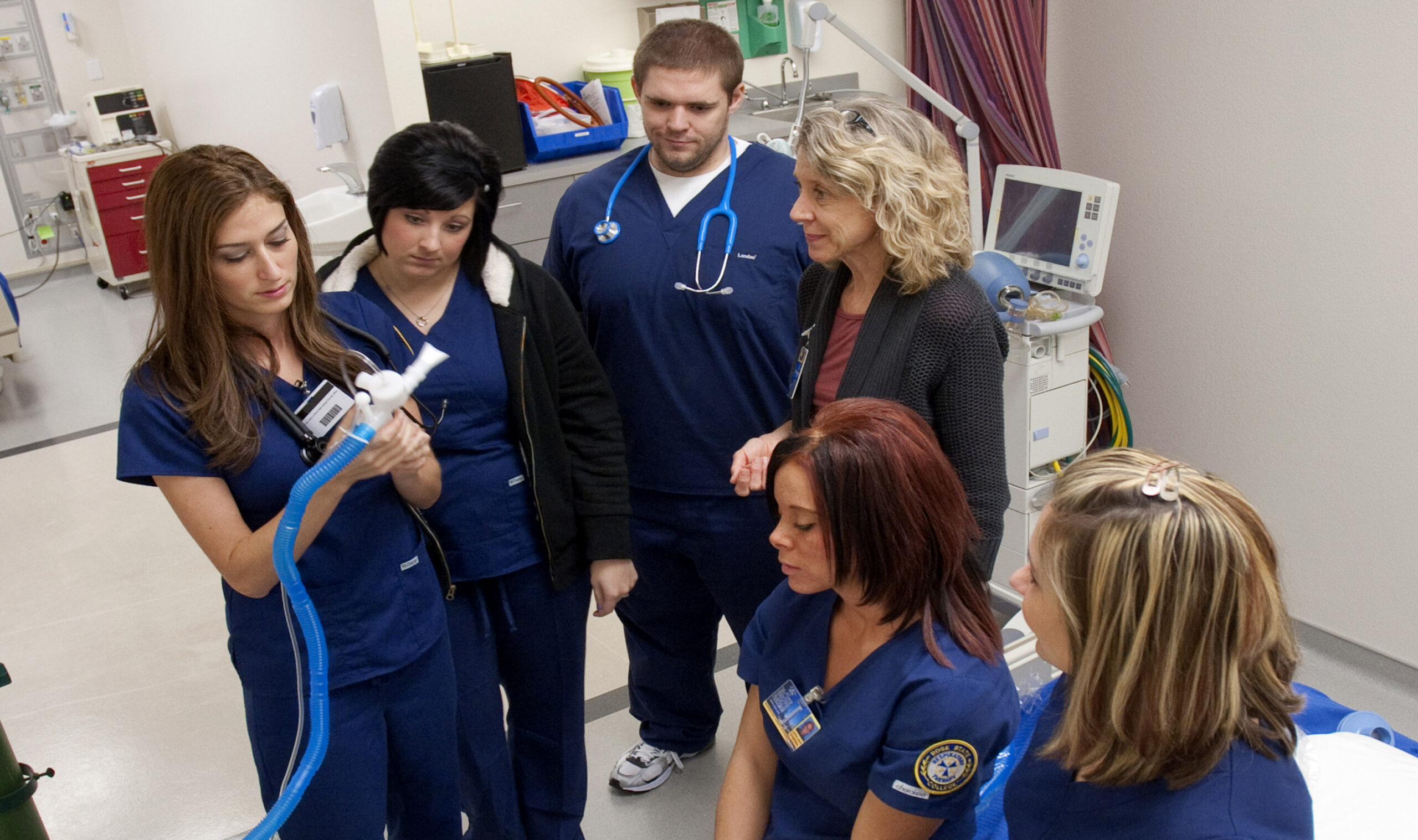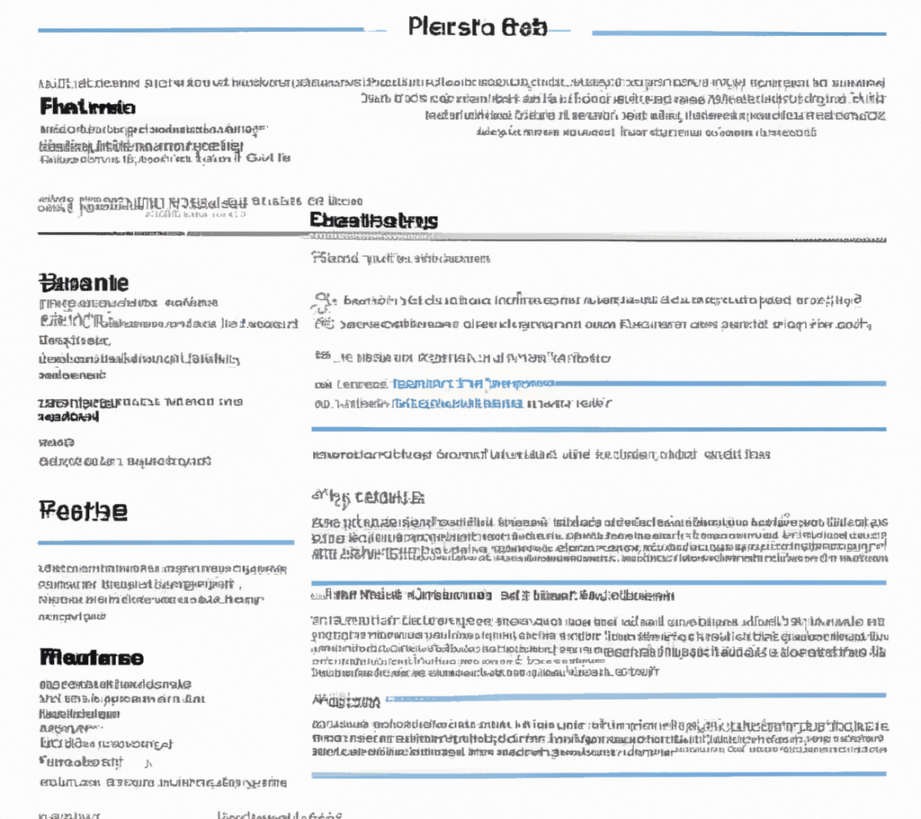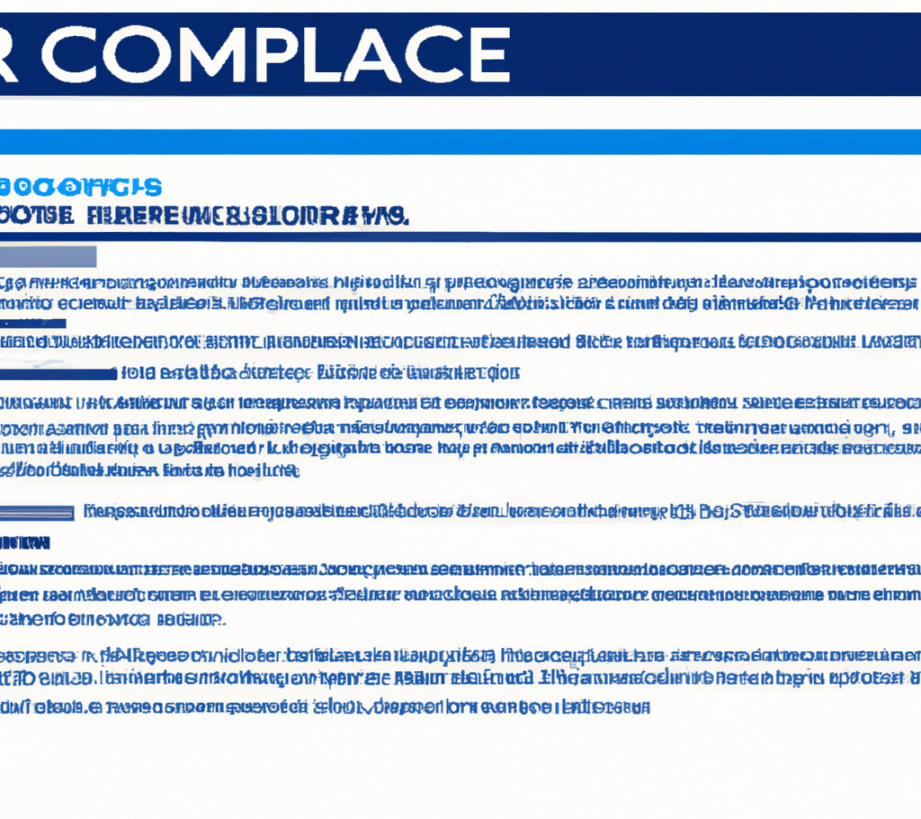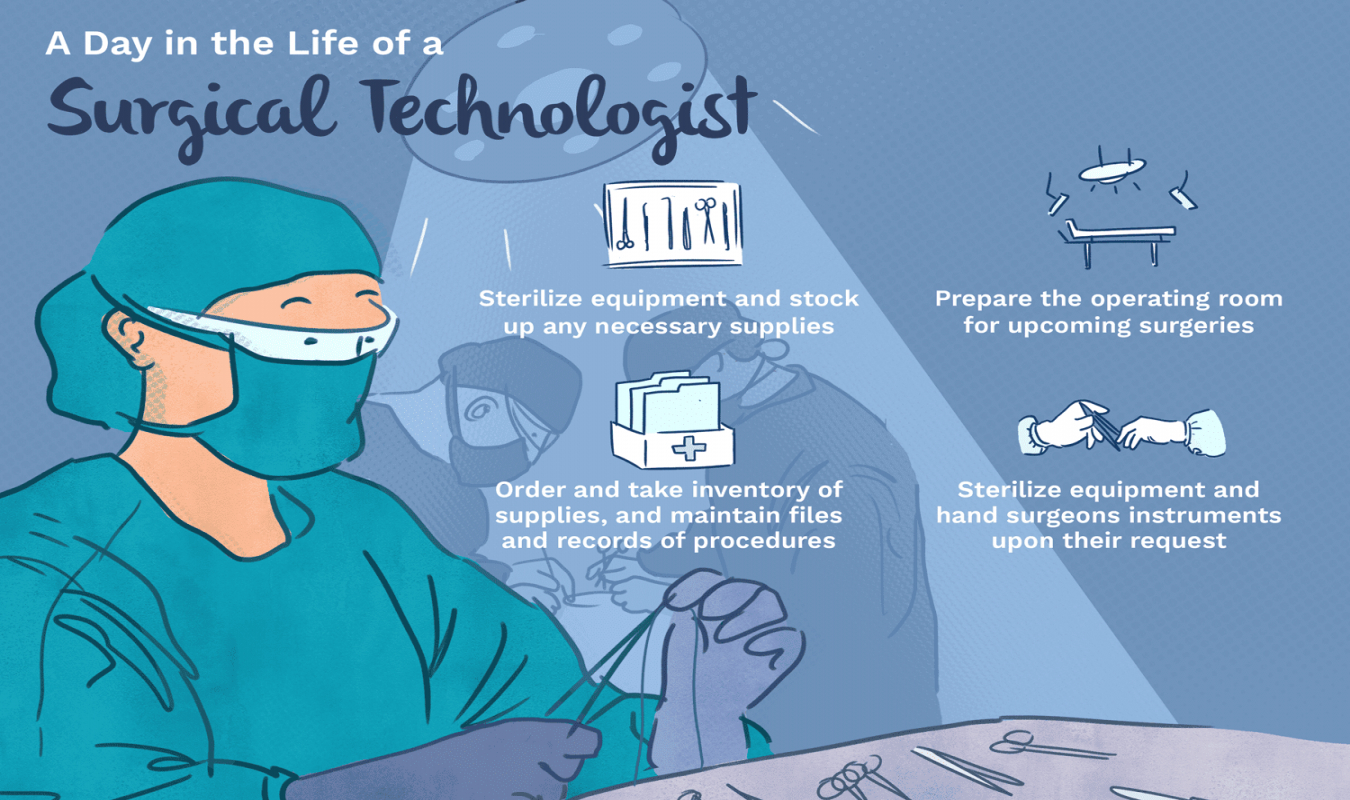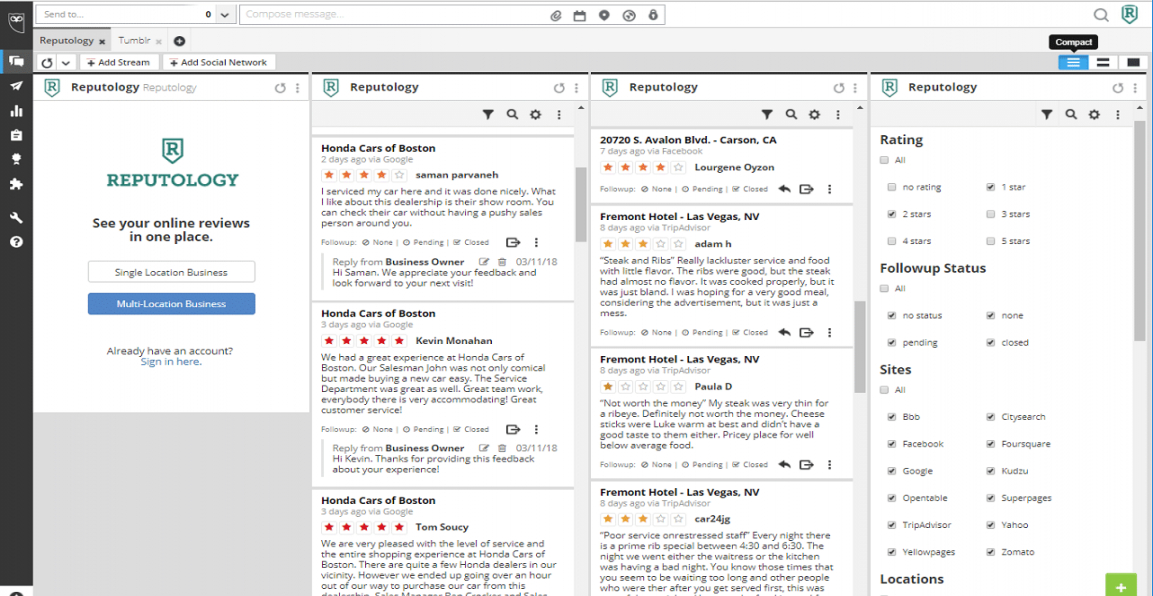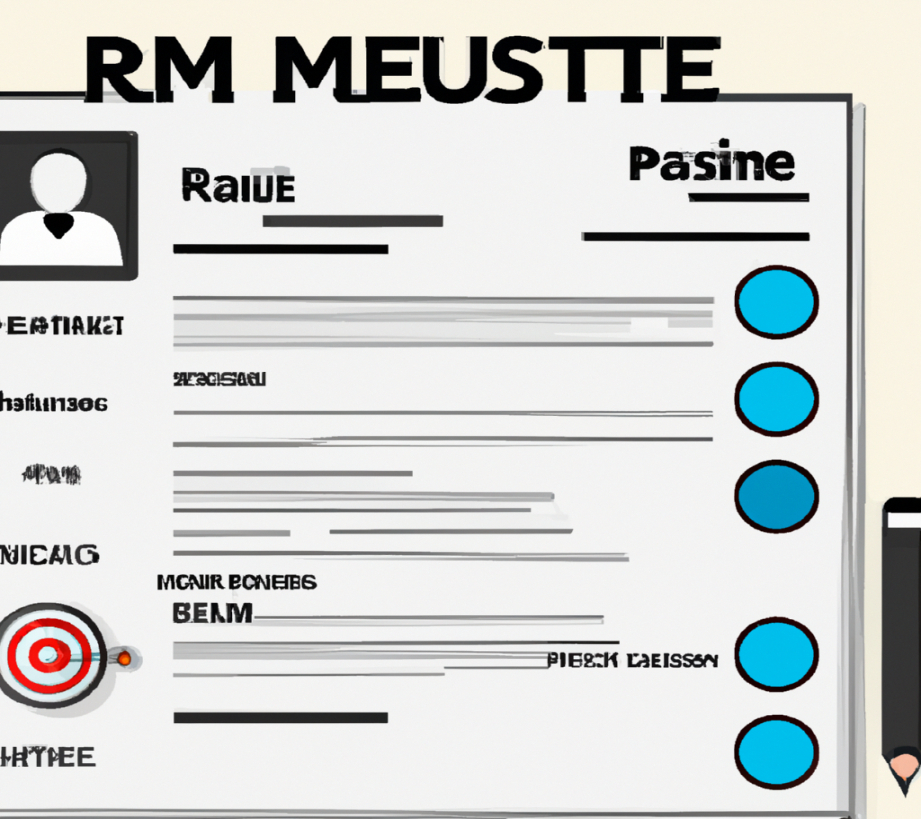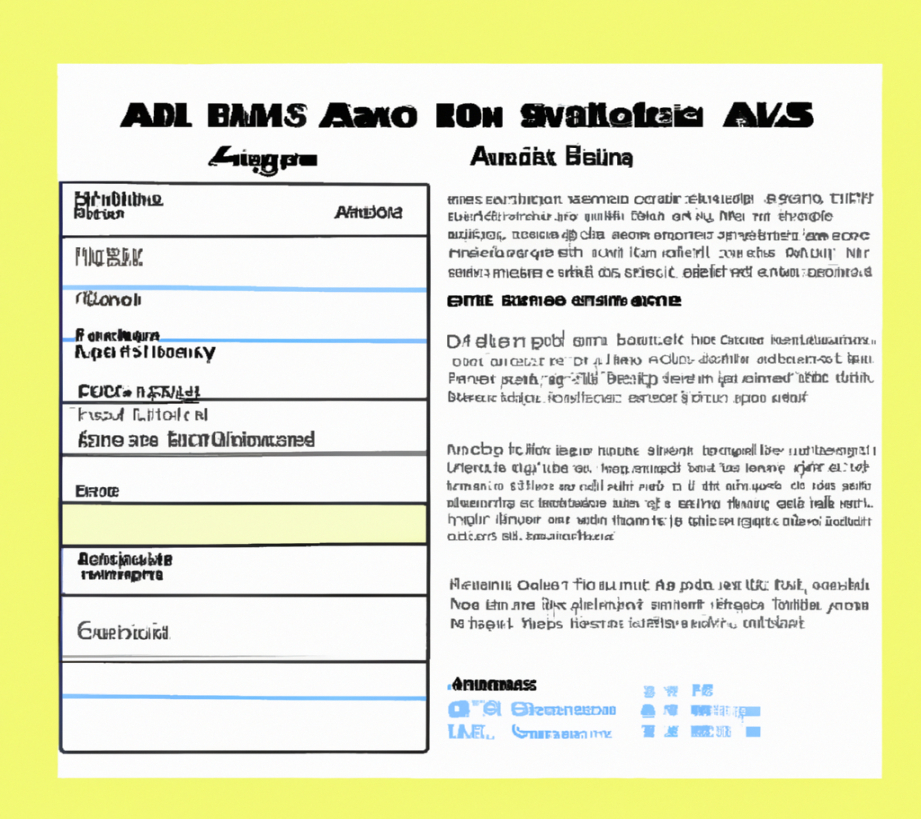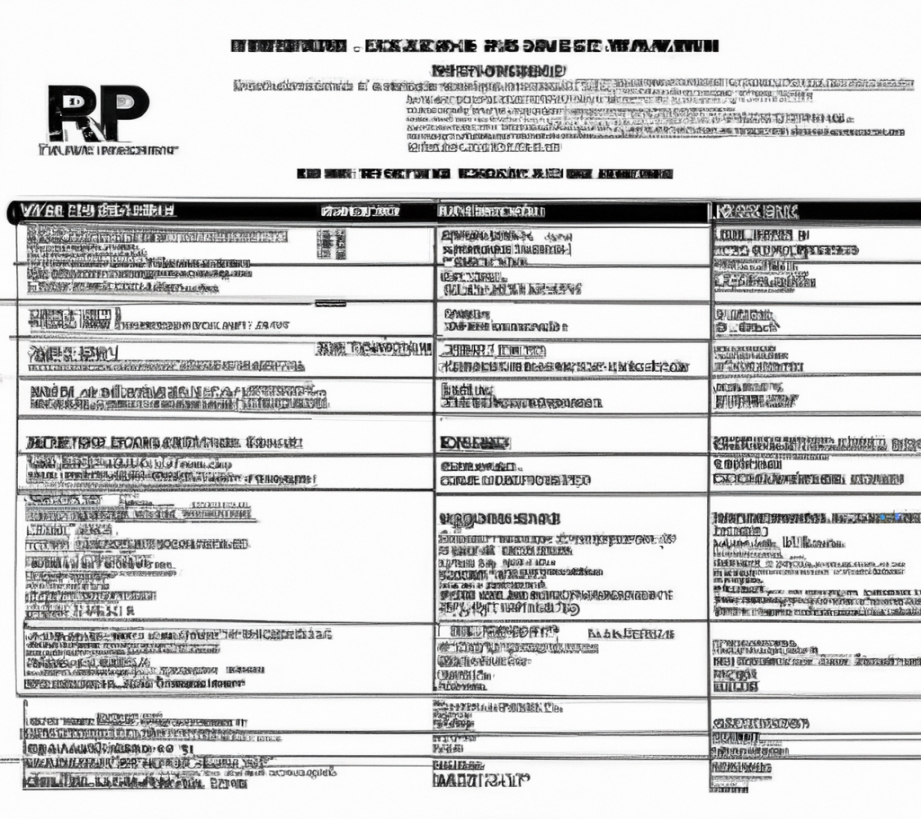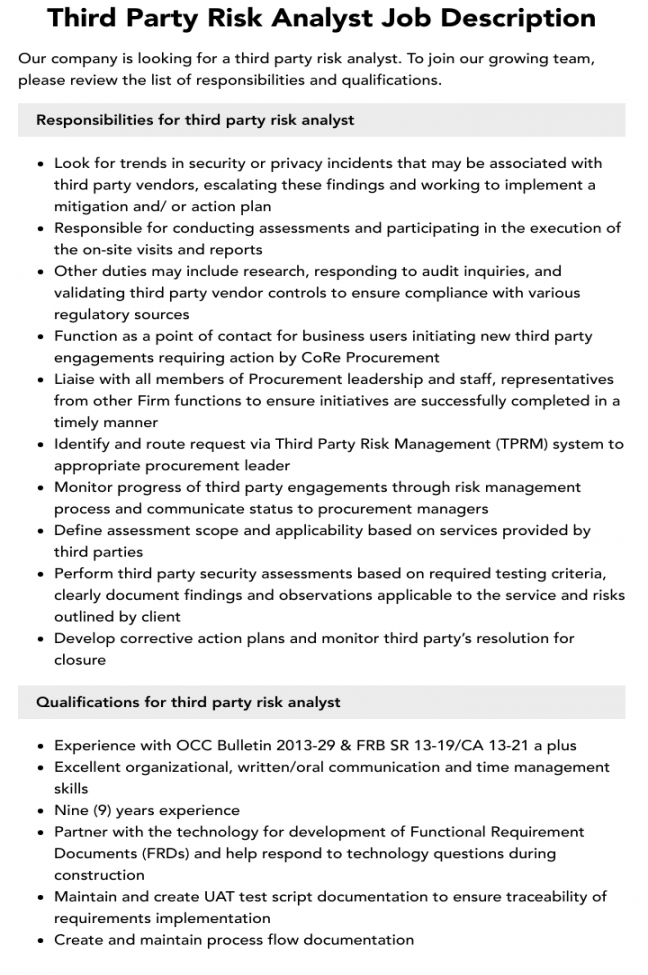Whose Job Is It – Defining Responsibilities: Whose Job Is It?
Outline:
I. Introduction
A. Explanation of the topic
B. Importance of the topic
C. Brief history of the topic
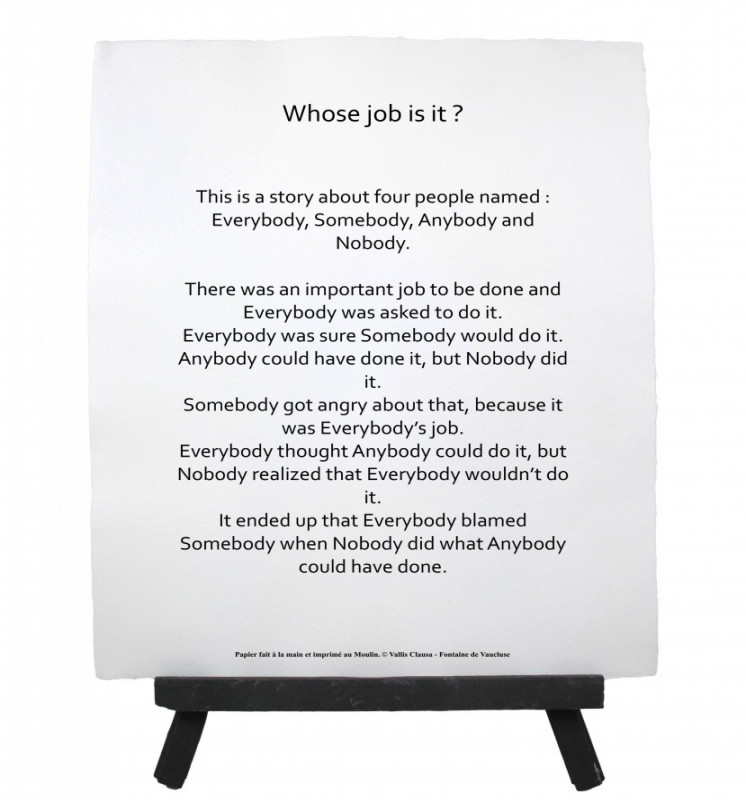
II. Whose Job Is It to take care of the environment?
A. Government’s responsibility
B. Individual’s responsibility
C. Corporate responsibility
D. Non-profit organizations’ responsibility
III. Government’s responsibility
A. Laws and regulations
B. Environmental policy
C. Funding for environmental protection
D. Enforcement of environmental laws
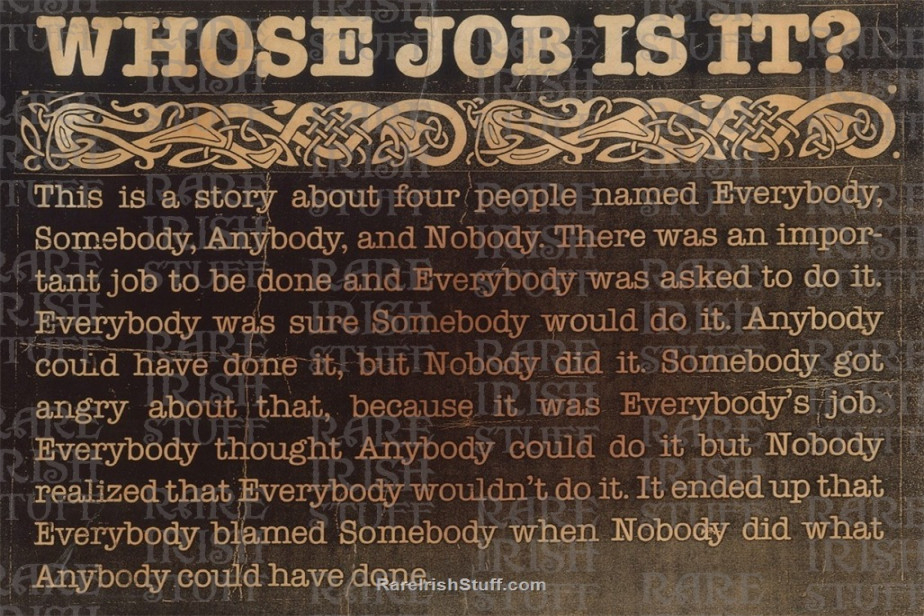
IV. Individual’s responsibility
A. Reduce, reuse, and recycle
B. Conserve energy and water
C. Use eco-friendly products
D. Participate in community clean-up events
V. Corporate responsibility
A. Implement sustainable practices
B. Reduce waste and carbon footprint
C. Use renewable energy sources
D. Support environmental causes
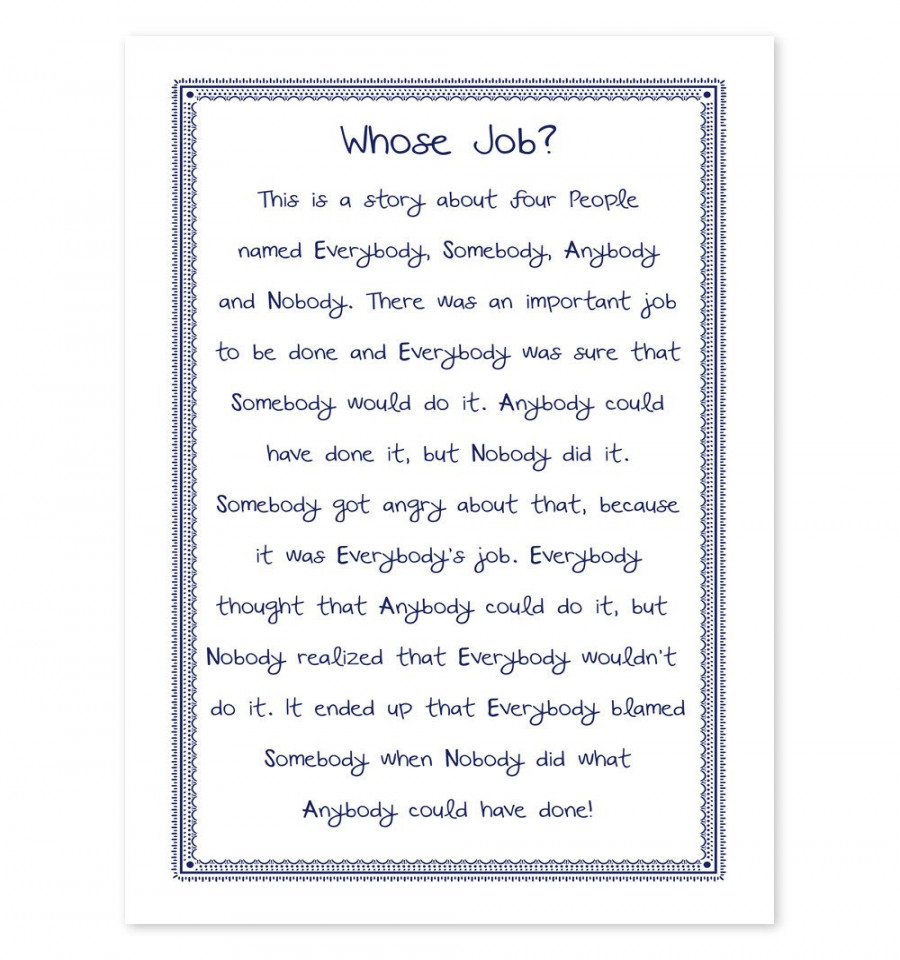
VI. Non-profit organizations’ responsibility
A. Educate the public about environmental issues
B. Lobby for environmental protection laws
C. Support conservation efforts
D. Fund scientific research on environmental issues
VII. Conclusion
A. Recap of the topic
B. Importance of collective responsibility
C. Call to action
Article:
Whose Job Is It to Take Care of the Environment?
The environment is an issue of utmost importance in today’s world. Climate change, pollution, deforestation, and other environmental problems are affecting our health, economy, and the planet as a whole. However, the question arises: whose job is it to take care of the environment? Is it the government’s responsibility, the individual’s responsibility, or that of the corporations and non-profit organizations? In this article, we will explore the answer to this question and why it is vital to take collective responsibility for the environment.
Government’s Responsibility
The government plays a significant role in protecting the environment. It is responsible for creating and enforcing laws and regulations that ensure the protection of the environment. The government also devises environmental policies and provides funding for environmental protection programs. Moreover, the government must ensure that environmental laws are enforced, and violators are held accountable for their actions.
Individual’s Responsibility
Individuals have a crucial role to play in environmental protection. They can reduce their carbon footprint by conserving energy and water, using eco-friendly products, and participating in community clean-up events. By reducing, reusing, and recycling, individuals can help reduce landfills and conserve resources. Moreover, individuals can raise awareness about environmental issues and advocate for environmental protection policies.
Corporate Responsibility
Corporations have a significant impact on the environment due to their large-scale operations. They have a responsibility to implement sustainable practices, reduce waste, and their carbon footprint. Corporations can use renewable energy sources and support environmental causes. They must also ensure that they comply with environmental laws and regulations.
Non-profit Organizations’ Responsibility
Non-profit organizations play a crucial role in environmental protection. They educate the public about environmental issues, lobby for environmental protection laws, and support conservation efforts. Non-profit organizations fund scientific research on environmental issues, which helps identify problems and find solutions to them.
Conclusion
In conclusion, environmental protection is a collective responsibility. The government, individuals, corporations, and non-profit organizations must work together to ensure that the environment is protected and preserved for future generations. Each entity has a role to play in environmental protection, and it is essential to understand the importance of collective responsibility. Environmental protection must be a priority for everyone, and we must take immediate action to prevent further damage to the environment.
FAQs
1. What is the government’s role in environmental protection?
The government is responsible for creating and enforcing environmental laws and regulations, devising environmental policies, providing funding for environmental programs, and ensuring that environmental laws are enforced.
2. What can individuals do to protect the environment?
Individuals can reduce their carbon footprint by conserving energy and water, using eco-friendly products, participating in community clean-up events, and raising awareness about environmental issues.
3. How can corporations contribute to environmental protection?
Corporations can implement sustainable practices, reduce waste and carbon footprint, use renewable energy sources, and support environmental causes.
4. What is the role of non-profit organizations in environmental protection?
Non-profit organizations educate the public about environmental issues, lobby for environmental protection laws, support conservation efforts, and fund scientific research on environmental issues.
5. Why is collective responsibility crucial for environmental protection?
Collective responsibility is essential for environmental protection because it ensures that all entities work together to achieve a common goal. Environmental protection is a complex issue, and it requires the efforts of everyone to achieve meaningful results.
Tags :
